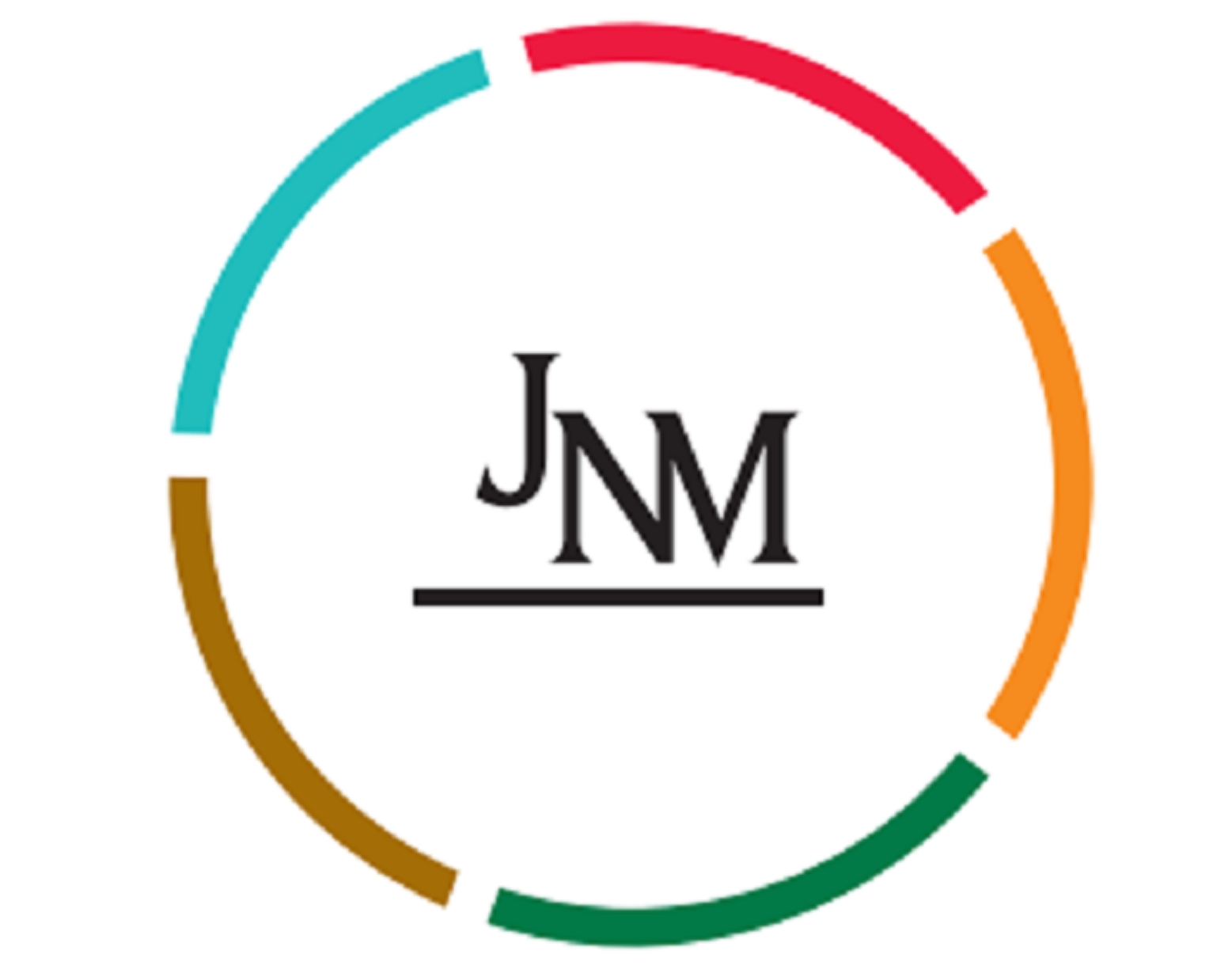
On March 24, 2025, Australia’s Unique Device Identification (UDI) regulatory framework came into effect to enhance patient safety and improve the efficiency of the regulatory system, including the management of post-market safety activities such as recalls. In line with this, the Therapeutic Goods Administration (TGA) released guidance on UDI requirements and compliance with identification timelines for medical devices on March 28, 2025.
n The key points of the guidance on Complying with the UDI requirements for medical devices are as follows:
Medical devices and in vitro diagnostic (IVD) devices supplied in Australia that are required to be included in the Australian Register of Therapeutic Goods (ARTG) must comply with UDI requirements, unless exempted.
(1) Manufacturer role and obligations
- choosing a TGA recognized Issuing Agency (GS1, HIBCC, ICCBBA)
- allocating a UDI-DI and UDI-PI to your device using the relevant coding standard set by your chosen Issuing Agency
- ensuring the UDI is applied per Issuing Agency requirements
- containing both the UDI-DI and UDI-PI in the UDI Carrier, unless exempt
- applying the UDI on the label, the device itself, and all applicable higher levels of packaging, in a format that is both human- and machine-readable and scannable
- providing the UDI-DI and related data to the AusUDID, either yourself or through your Australian sponsor
- demonstrating compliance with the relevant Essential Principles for your medical device, including those that relate to labelling
(2) Sponsor role and obligations
- ensuring that the manufacturer has compiled with their obligations relating to UDI requirements
- ensuring that the chosen UDI Carrier format is appropriate for the expected use
- ensuring the UDI-DI and related data for the devices you supply to the AusUDID is submitted to the TGA according to UDI requirements
- meeting record keeping requirements
- ensuring your device meets all Essential Principles
(3) Scope of UDI requirements
| Medical Devices | In vitro diagnostic devices | ||
| MD Classification | UDI required | IVD Classification | UDI required |
| Class I / Class Im (measuring) / Class Is (supplied sterile) | X | Class 1 | Partial* |
| Class IIa /IIb / III | O | Class 2 / 3 / 4 | O |
* Devices and software that are IVDs must comply with UDI requirements.
- instrument/analyser IVDs (GMDN Code CT943)
- software IVDs (GMDN Code CT944)
n The key points of the guidance on Complying with the UDI timeframes for medical devices are as follows:
The implementation of UDI will follow a phased approach over the next 5 years, beginning with high risk medical devices and gradually extending to lower risk devices.
(1) Medical device UDI compliance start dates
| Requirements | Class III | Class IIb | Class IIa | Class Is |
| Placing UDI Carrier on the label of device(s) | 1 July 2026 | 1 July 2026 | 1 July 2027 | 1 July 2028 |
| Submitting UDI-Dis and related data to the AusDID | 1 July 2026 | 1 July 2026 | 1 July 2027 | 1 July 2028 |
| Direct Marking of the medical device and supplying Direct Marking DI to the AusUDID | 1 Jan 2028 | 1 Jan 2029 Not applicable for implantable medical devices |
1 Jan 2029 | 1 Jan 2029 |
(2) In vitro diagnostic (IVD) UDI compliance start dates
| Requirements | Class 4 IVD | Class 3 IVD | Class 2 IVD | Class 1 IVD |
| Placing UDI Carrier on the label of device(s) | 1 July 2028 | 1 July 2028 | 1 July 2029 | 1 July 2029 |
| Submitting UDI-Dis and related data to the AusDID | 1 July 2028 | 1 July 2028 | 1 July 2029 | 1 July 2029 |
| Direct Marking of the medical device and supplying Direct Marking DI to the AusUDID | 1 July 2029 | 1 July 2029 | 1 July 2030 | 1 July 2030 |
Please refer to the attached document below.
If you have any questions about medical devices,
please contact us with the below.
ra@jnmglobal.net
info@jnmglobal.net
